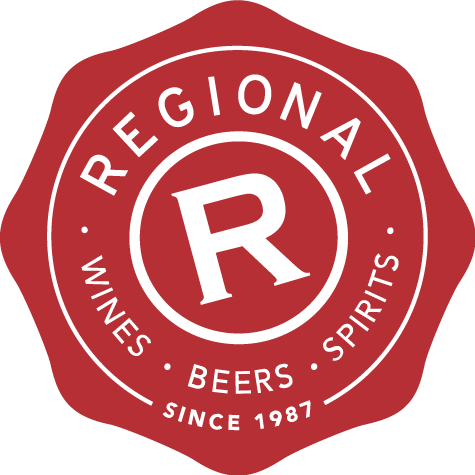Famous Scottish distillery neighbours
Neighbours... everybody needs good neighbours right… and the world of scotch whisky is full of examples of distilleries that were built on top of each other.
If you were to throw a stick whilst on a visit to Speyside you’d probably hit a distillery as this region is absolutely teaming with clusters of neighbouring distilleries, most notably around the towns of Rothes, Keith, Dufftown and Elgin. But, Glen Grant and Caperdonich (which was sadly demolished in 2011), had a special relationship and these two were literally joined by a pipe. Caperdonich was built as part of an expansion phase at Glen Grant in the late 1890s and was affectionately called Glen Grant #2 until it was renamed in the 1960s. The distillery’s history was chequered with short sighted management - it fell silent three years after it was built and was flogged to a coppersmith only one year after it was bought by Pernod Rickard in 2001. Tragic stuff for a distillery with such a compelling style.
Islay is another densely populated region of distilleries and the south coast is where you’ll find three of the biggest names in whisky, with no more than about 3 mile between them. The Kildalton triumvirate provide a great spot for a distillery crawl, and you can stroll between them providing you haven’t tasted too much and can indeed still walk. Of course, there was a period when a fourth distillery was in the mix. It was known as Malt Mill and was built in 1908 on the Lagavulin site as a facsimile of Laphroaig, by the disgruntled Peter Mackie who owned Lagavulin and had just been relinquished of the agency for Laphroaig. It ran until 1965 but never made a malt quite like Laphroaig (or Lagavulin for that matter) but presumably did make its way into the White Horse blend which the Mackies owned.
Our next pairing takes us to the middle of the Highlands, just on the boundary of Speyside where we find Blair Athol and Edradour around a mile apart. Edradour is famously the smallest of the traditional Scottish distilleries and one of the prettiest to boot. Its acquisition by the indy bottler Signatory Vintage in 2002 (who turn out some super exciting whiskies) is the stuff of dreams and the heavily sherried style and recently added peated line known as Ballechin are well worth going out of your way to try. Blair Athol too has a heavy nutty style and sits well in a sherry cask, but a lot goes into the Bells blend and, other than the Diageo Fauna & Flora bottling, it is to the Indy bottlers, such as signatory Vintage, that you must go to taste this distillery.
Lastly it’s a relatively short journey through Speyside and then down the Cromarty Firth by boat, past the Whyte and Mackay Invergordon grain distillery to Teaninich and Dalmore, essentially sitting on opposite sides of the river Averon. Teaninich is another workhorse distillery used for its fragrant exotic grassiness in the Diageo blends, but which also pops up in indy bottlings from time to time - sometimes with big sherry in play. On the flipside, Dalmore is known for its heavy fruity style and a penchant for using old ex-solera casks, well-soaked in oloroso and PX Sherry as opposed to the bespoke filled casks more typically seen these days in the whisky industry.
Visit our Sunday Specials to find whiskies from all these distilleries.
